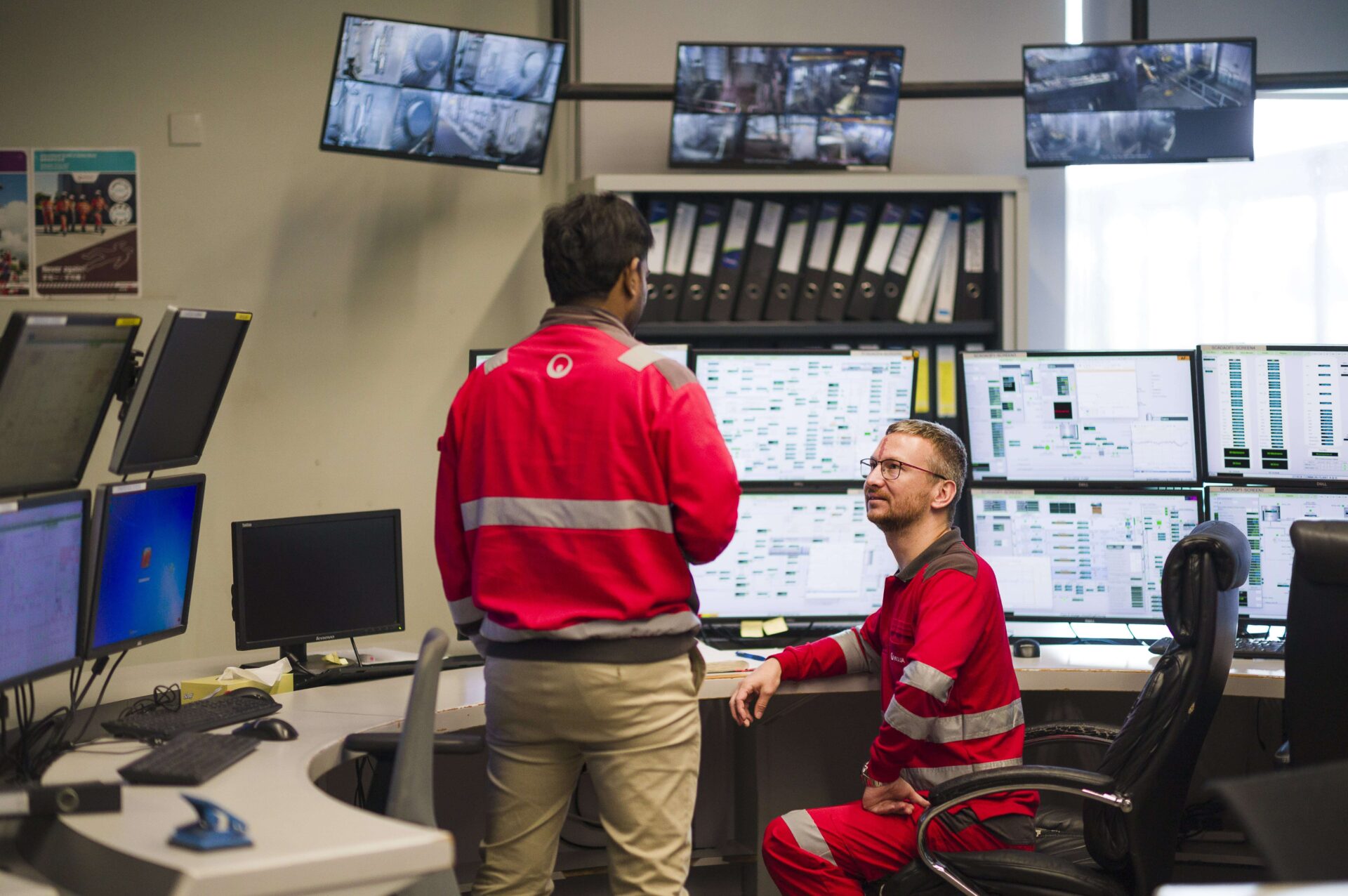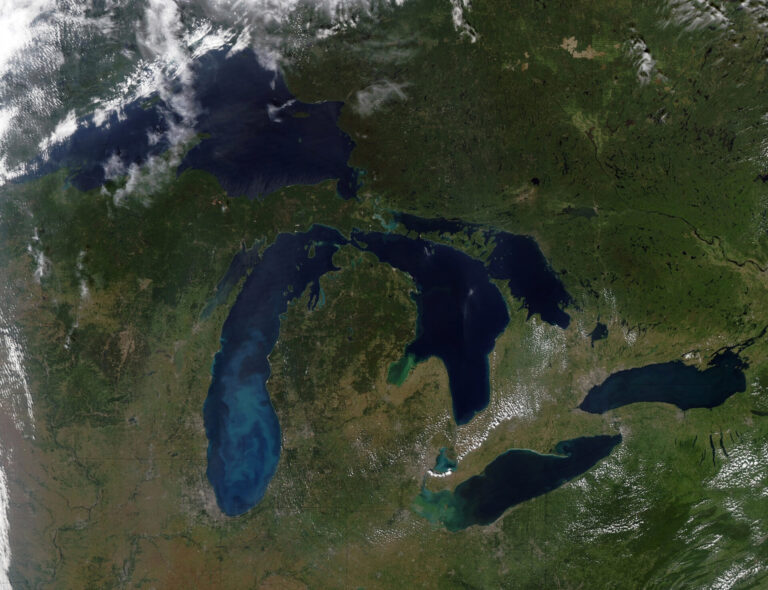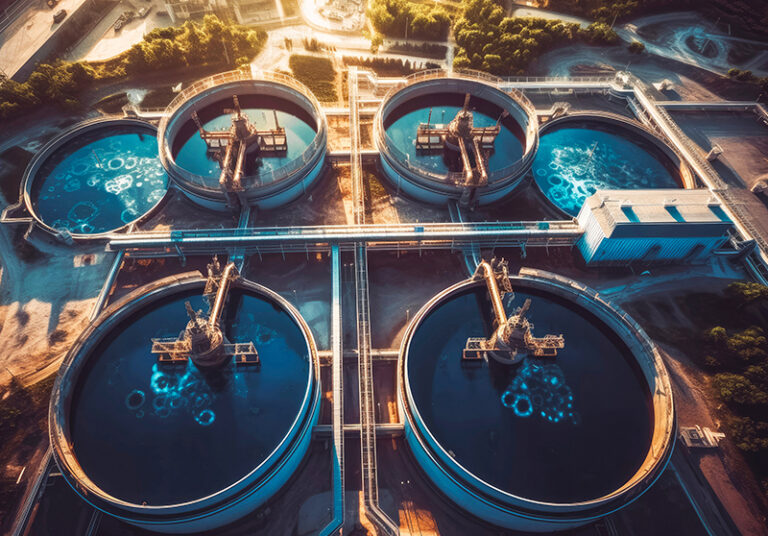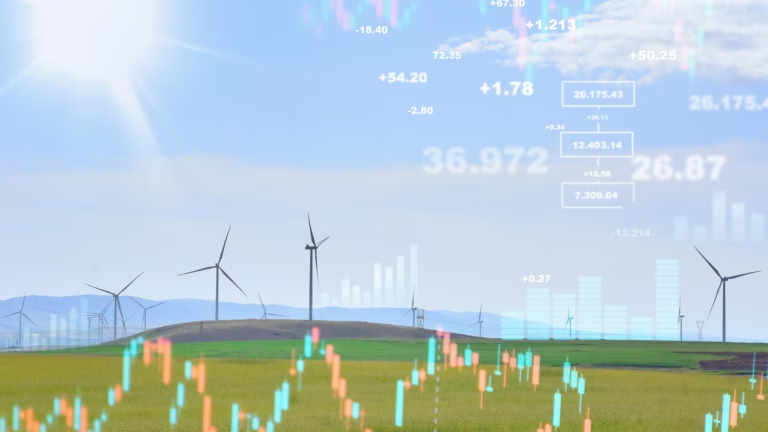When most Canadians turn on their taps or flush toilets, they likely give little thought to the increasingly complex technology and skilled professionals keeping their water safe and clean. Yet behind every drop flows a growing crisis that threatens the very foundation of our water systems. It’s not failing pipes or aging infrastructure, but a critical shortage of skilled workers capable of managing today’s sophisticated water treatment operations.
The modern water and wastewater treatment facility bears little resemblance to its predecessors. Today’s operators must master a dizzying array of advanced technologies: supervisory control and data acquisition (SCADA) systems that monitor and control treatment processes, sophisticated cybersecurity protocols protecting critical infrastructure, and artificial intelligence-driven predictive maintenance systems. Gone are the days when mechanical knowledge alone was sufficient; today’s water professionals must be part chemist, part IT specialist, and part data analyst.
The Canadian water and wastewater treatment industry is facing a critical workforce challenge that threatens the sustainability of this essential public service. With an aging workforce approaching retirement and difficulties attracting and retaining new talent, municipalities, utilities and private operators are scrambling to ensure continuity in the operation and maintenance of vital water infrastructure.
The Current Workforce Crisis
The water sector is experiencing what many experts call a “silver tsunami,” with estimates suggesting that up to 50% of water utility workers will be eligible for retirement within the next decade. This demographic shift coincides with increasing technical complexity in water treatment operations, creating a perfect storm of workforce challenges. The industry requires new talent with both traditional operational knowledge and modern technical skills to manage increasingly sophisticated treatment systems and digital technologies.
This technological revolution in water treatment has created an unprecedented skills gap. While veteran operators struggle to adapt to digital systems, younger workers with technical skills often overlook the water industry entirely. The result? A dangerous mismatch between the industry’s evolving needs and its available workforce.
The recruitment challenge is particularly troubling. Despite offering stable, well-paying careers with genuine social impact, the water industry remains largely invisible to young professionals. Technical graduates, attracted by the allure and higher starting salaries in other businesses, rarely consider that water utilities now offer equally sophisticated technical challenges. Meanwhile, outdated perceptions of water treatment work as merely “blue collar” persist, obscuring the field’s increasing technical complexity.
This perfect storm of workforce challenges carries serious consequences for public health and safety. As staffing shortages grow, utilities face increased risks of service interruptions, compliance violations, and delayed maintenance. Emergency response capabilities, crucial during natural disasters or system failures, become compromised. The situation is
particularly alarming given that water systems must operate 24/7, regardless of staffing levels.
The financial implications are equally concerning. Municipalities, utilities and private operators are competing for scarce talent, facing escalating labour costs to fill critical gaps. This financial strain forces difficult choices between investing in workforce development and maintaining aging infrastructure. The result? A dangerous cycle of deferred maintenance and delayed capital improvements that threatens long-term system sustainability. More troubling still are the hidden costs: potential regulatory fines from compliance issues and higher training expenses for accelerated skill development. These mounting expenses ultimately burden ratepayers while potentially compromising service quality.

Building Tomorrow’s Water Workforce: A Model for Industry Success
Addressing this crisis requires a fundamental shift in how we approach water industry workforce development. First, we must rebrand water careers to reflect their true nature – sophisticated, technology-driven roles essential to public health and environmental protection. This means proactive outreach to educational institutions and career counselors to ensure young people and those seeking a career transition to understand the exciting opportunities available.
Second, municipalities, utilities and private operators must invest in comprehensive training programs that bridge the gap between traditional operations and modern technology. This includes partnerships with technical schools and universities to develop curricula that align with industry needs, along with apprenticeship programs that provide hands-on experience with advanced systems.
Third, the industry needs structured career pathways that offer clear progression opportunities and competitive compensation packages. Young professionals seek careers with growth potential; the water industry must demonstrate it can match or exceed the opportunities available in other technical fields.
Finally, public awareness campaigns must highlight the essential nature of water industry careers and their increasing technical sophistication. The public needs to understand that supporting workforce development initiatives is as crucial as investing in physical infrastructure.
For Veolia, our workforce development strategy begins with innovative partnerships with educational institutions, creating a pipeline of future water professionals through internships, curriculum support, and scholarship programs. This early engagement is crucial for attracting young people to an industry that has traditionally struggled with visibility among career seekers.
We are also committed to structured apprenticeship programs that combine classroom learning with hands-on experience. In an era where student debt is a major concern, offering paid training opportunities while providing clear career progression pathways makes the water industry more accessible and attractive to potential candidates. Investment in state-of-the-art training facilities demonstrates an understanding that modern water
treatment requires sophisticated technical skills. Providing hands-on training with advanced technology and simulation systems means that operators are better prepared for the complex challenges of modern water treatment operations.
Particularly noteworthy is the emphasis on digital skills development. As water systems become increasingly automated and digitally controlled, the ability to manage SCADA systems, analyze data, and maintain cybersecurity is as crucial as understanding traditional treatment processes. This forward-thinking approach ensures operators are prepared for both current and future technological demands.
With the goal of reduced vacancy rates, improved retention, and increased workforce diversity, comprehensive workforce development programs can deliver tangible results. The ability to attract non-traditional candidates, including career changers, veterans, and women, shows that the water industry can compete for talent when the right programs are in place. However, what truly sets this approach apart is its commitment to industry-wide improvement through active participation in associations, public-private partnerships, and knowledge sharing. This collaborative spirit recognizes that workforce development isn’t just about individual company success – it’s about ensuring sustainable water services for all communities.
The stakes couldn’t be higher. Without immediate action to address these workforce challenges, utilities risk losing the capability to reliably deliver safe drinking water and protect public health. This isn’t just an industry problem – it’s a looming public health crisis that demands immediate attention and investment. The solution requires commitment from multiple stakeholders: utilities must invest in workforce development, educational institutions must align programs with industry needs, and policymakers must support initiatives that strengthen the water workforce pipeline. The cost of inaction – compromised water quality, service interruptions, and public health risks – is simply too high to ignore.
The water industry’s technological evolution demands nothing less than a workforce revolution. The time to act is now, before this hidden crisis becomes tomorrow’s headline. The traditional approach to water utility staffing is no longer sufficient; we need bold, multi-faceted workforce development strategies. Rather than focusing solely on recruitment or training, we need to look at the entire talent lifecycle.
The water industry’s workforce challenges won’t be solved overnight, but this approach shows that with commitment, innovation, and investment in people, we can build a sustainable workforce pipeline. The future of our water systems depends on our ability to attract, develop, and retain skilled professionals. It’s time for the entire industry to embrace comprehensive workforce development as a strategic priority.
The success of this model should serve as both an inspiration and a call to action. We must act now to ensure we have the workforce needed to operate and maintain our essential water infrastructure for generations to come. The blueprint exists – we just need the industry-wide commitment to implement it.
Alma Salguero
Director, Human Resources
Veolia Canada









